These Aren’t Your Typical Wrestling Photos
Aside from the exceptional work of Ben McNutt and Lourdes Grobet, photographing wrestlers has almost become a cliché. However, recent School of Visual Art graduate Ken Castañeda’s art seems to be another exception to the rule. Born to Mexican and Colombian immigrant parents, Castañeda was made hyperaware of his identity from an early age. “The rhetoric surrounding being Mexican in the United States was so stigmatized that for the longest time growing up, I didn’t want to associate with that part of my identity at all,” Castañeda explains.
However, his hometown of Passaic, New Jersey, a small inner-city town with a predominantly Hispanic and African-American demographic, allowed him to become stronger in the face of adversity. It helped him take ownership of his identity and be proud of it.
Wrestling, lucha libre, is a big part of Mexican culture. A unique aspect of lucha libra is the colorful masks that each wrestler, or luchador, wears in the ring. Oftentimes, the loser of a match is required to permanently remove his mask—a career-ending symbol of defeat. One of the most decorated wrestlers in Mexico, Rodolfo Guzmán Huerta (known as El Santo) never took off his mask. Even when Huerta passed away, he was buried wearing his mask. This type of performative expression and simultaneous concealing of identity is what Castañeda was drawn to at an early age.
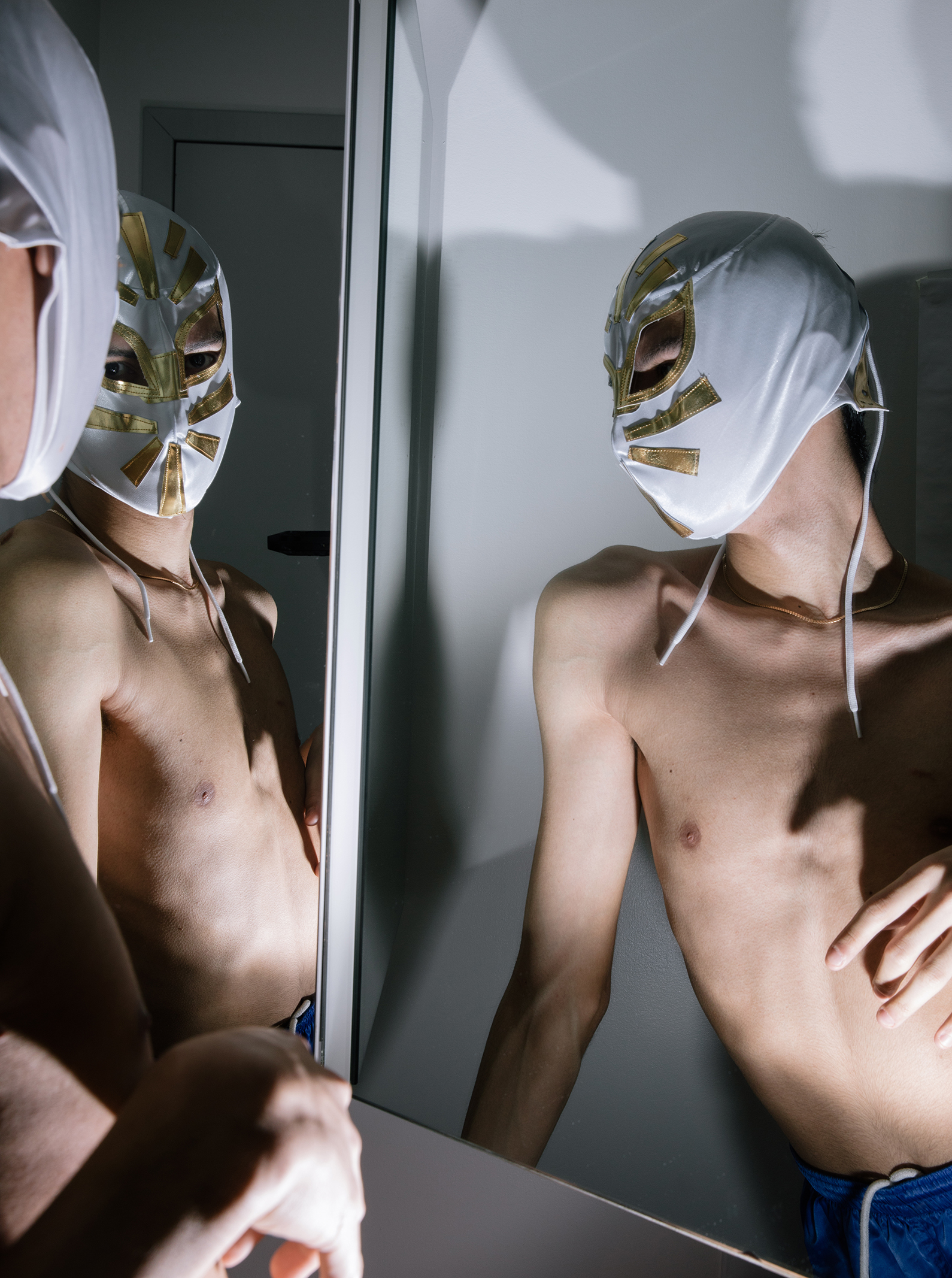
“I was definitely too gay to wrestle competitively,” Castañeda jokes. “I was very scrawny as a kid. But the desire to perform was always there.”
Castañeda’s interest in contact sports like wrestling also comes from the fact that they allow participants to break the barrier of same-sex intimacy.
“Growing up closeted and playing contact sports broke down the traditional fraternal relationship between boys,” Castañeda explains. “Suddenly, it’s OK to touch each other simply because of the context in which we were together. There’s this psychological element about how sports relate to sexual development that excited me, and the subtle dichotomy between the physicality of sports and the innocence of play.”
While some of Castañeda’s images address boyhood and sexuality, he also photographs his family, addressing how they engage with performance in other ways. For his parents, the mask allows them to create their own narrative, whether to fit into a country that remains unaccepting of immigrants, or to celebrate their own heritage.
In one particular image, his mother wears a traditional wrestling mask paired with an “All-American Babe T-shirt.” His father appears to be embracing her, but her facial expression suggests that she might be trying to escape his grip. Perhaps his father’s grip represents both the home they have made in the United States and the restrictions they still experience as minorities. Or maybe his parents are simply acting playfully unscripted in front of the camera, and enjoying the performance. Either way, these powerful images offer a lot to think about.
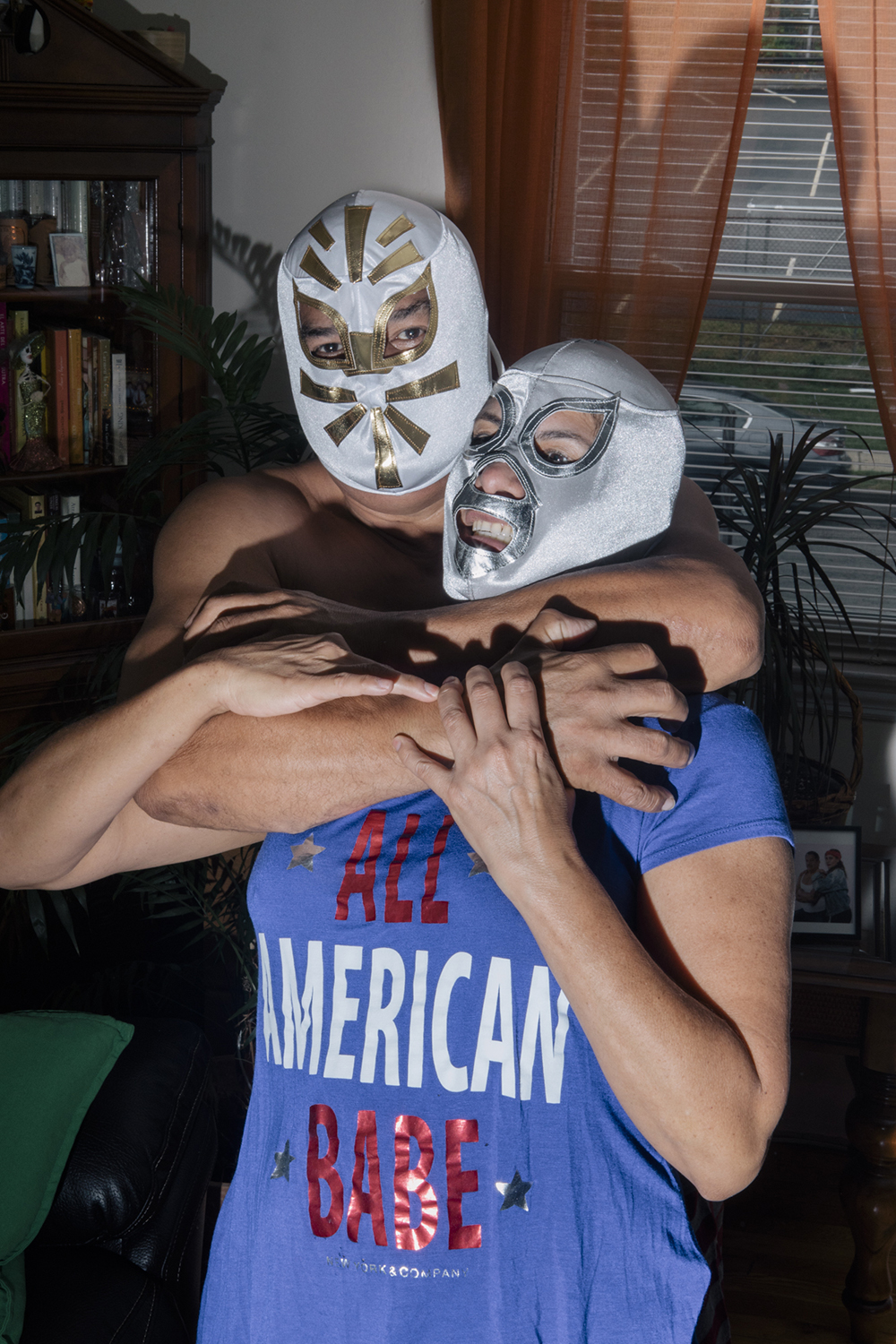
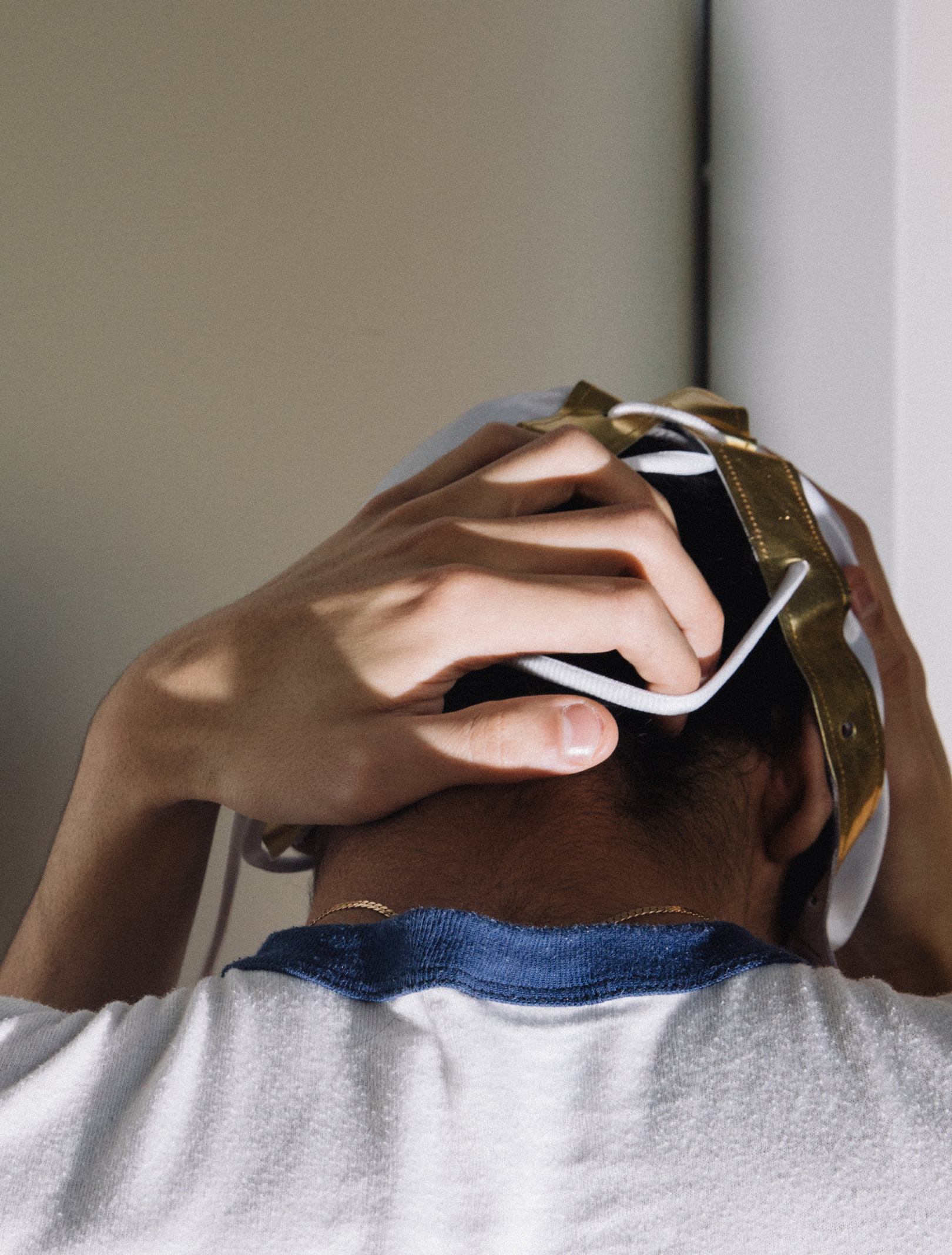
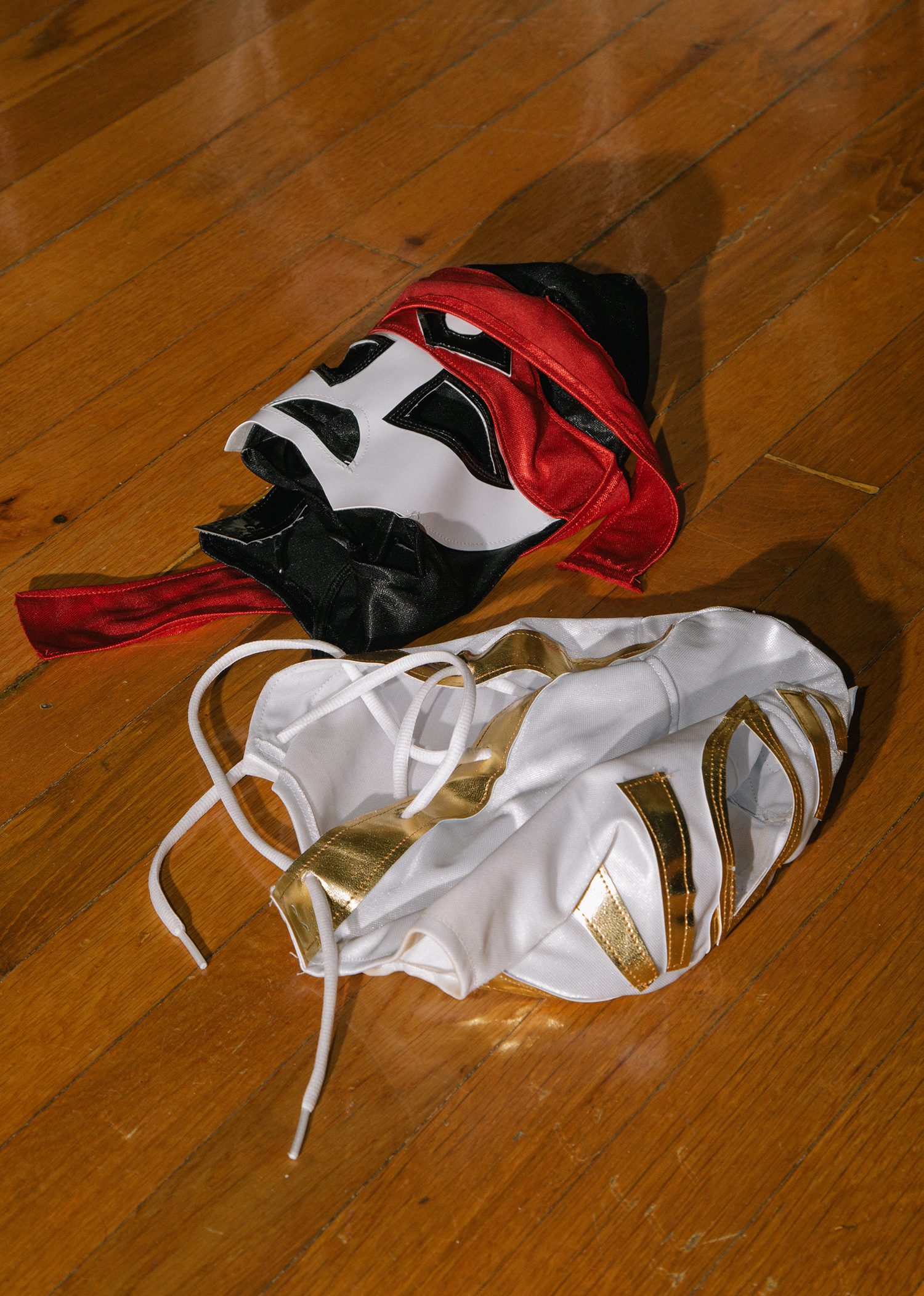
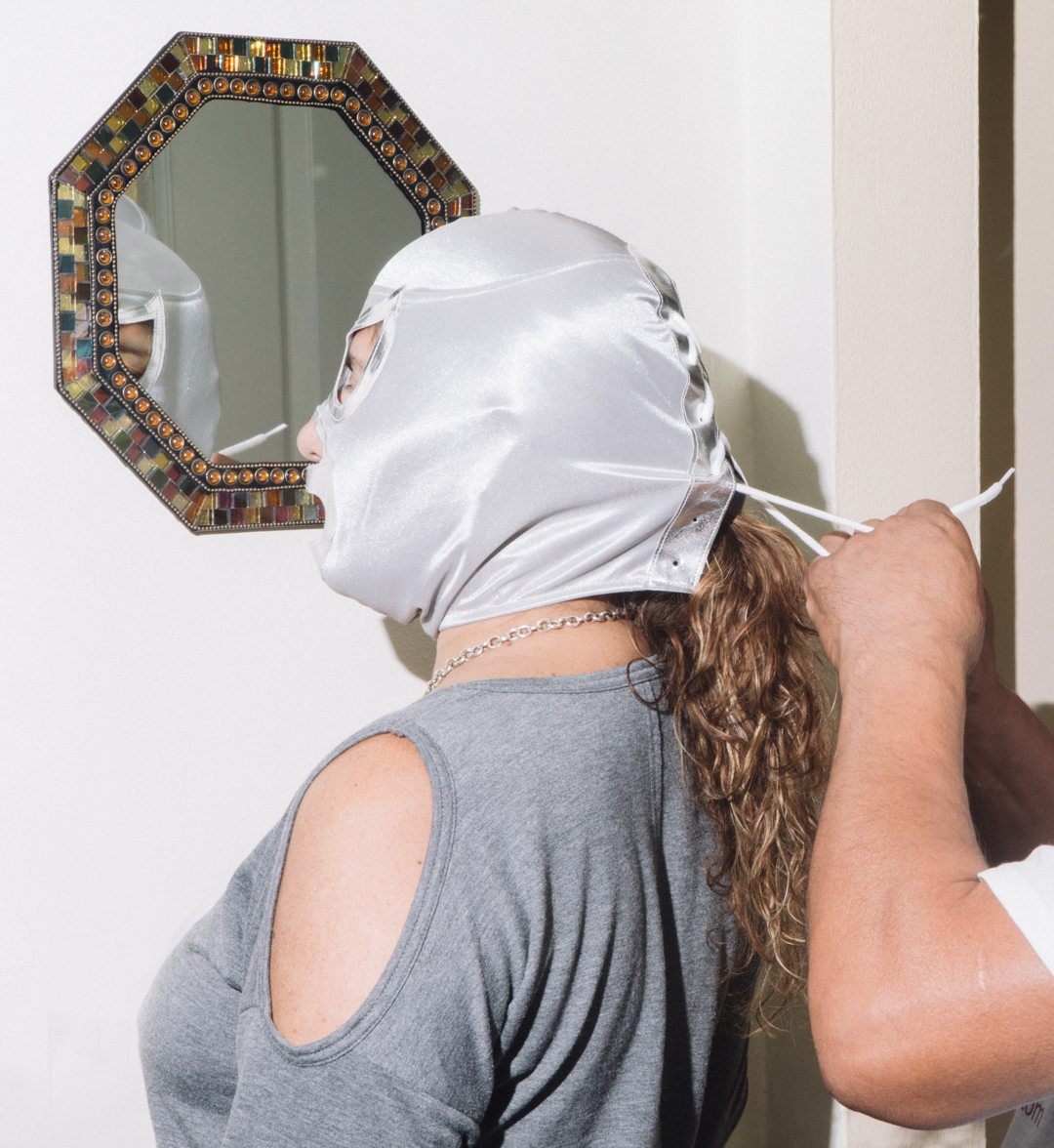
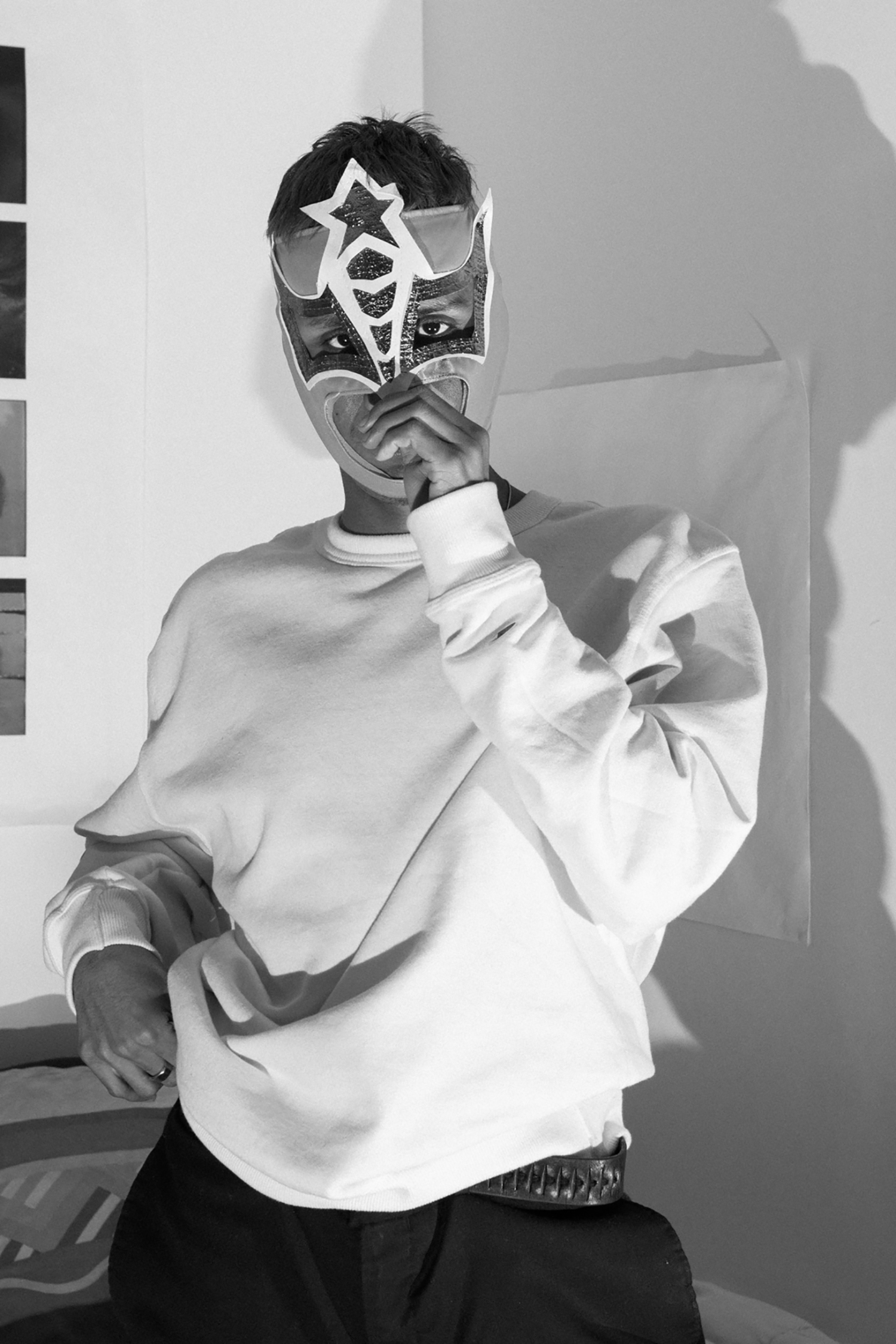
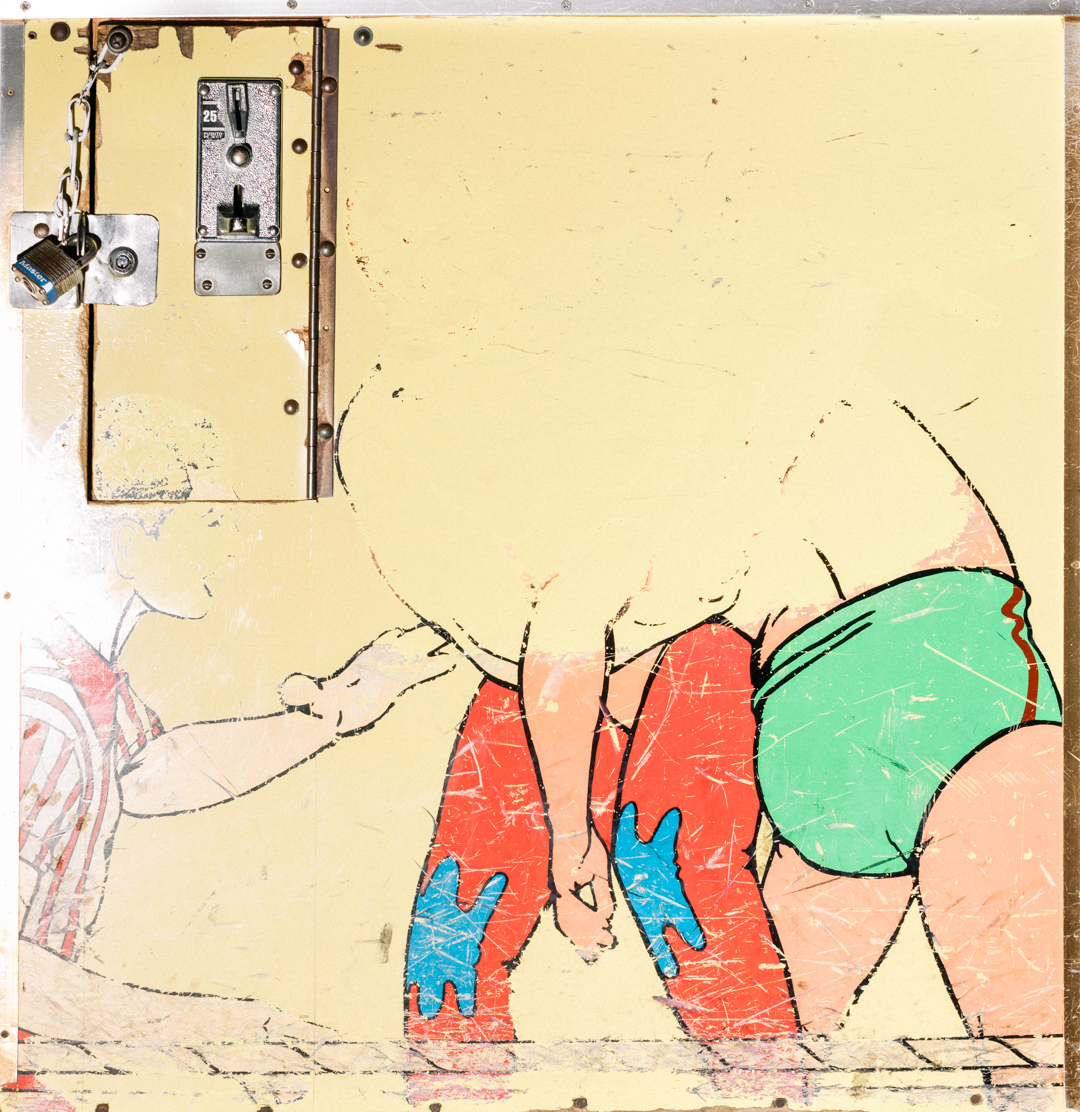
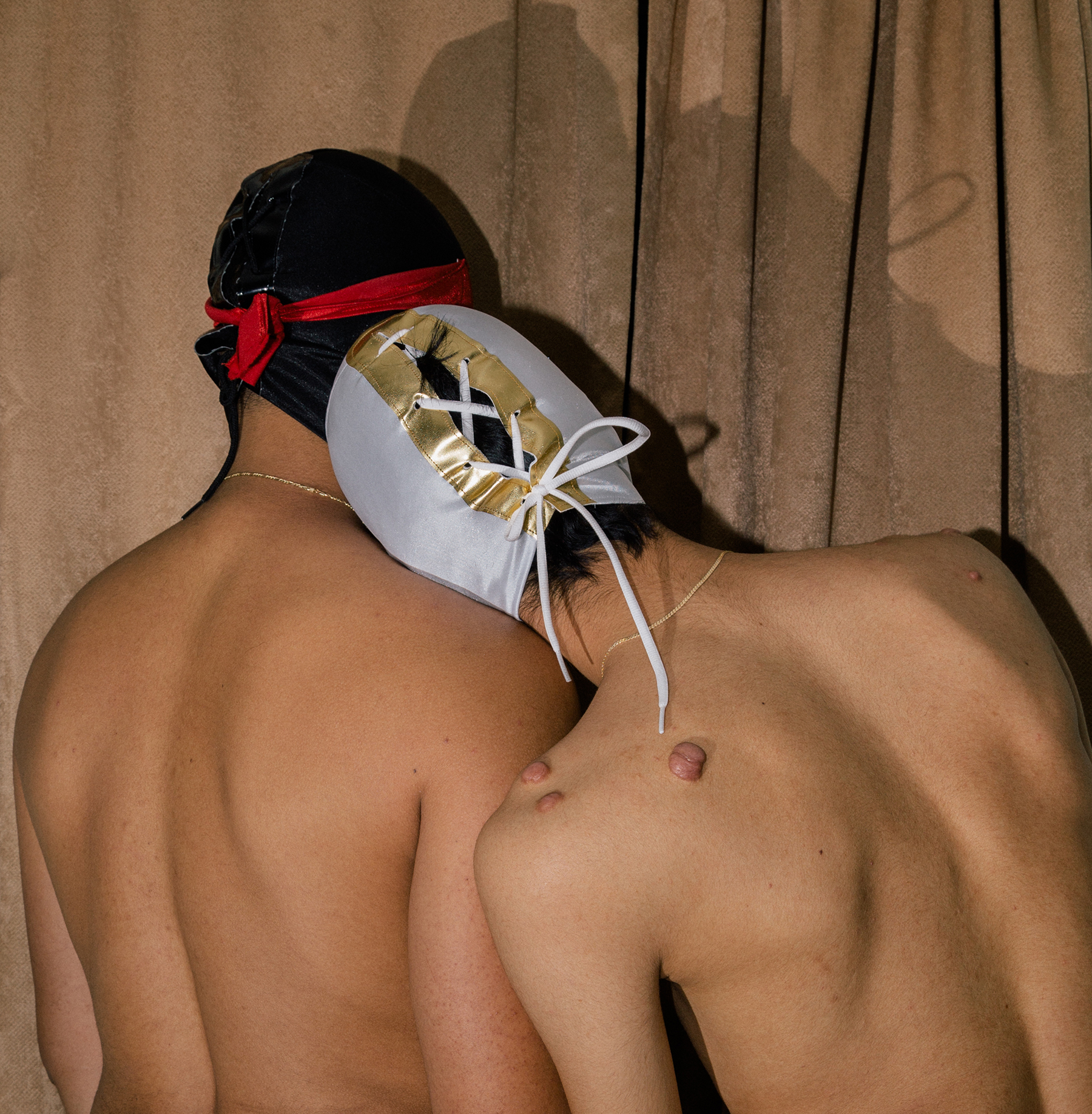
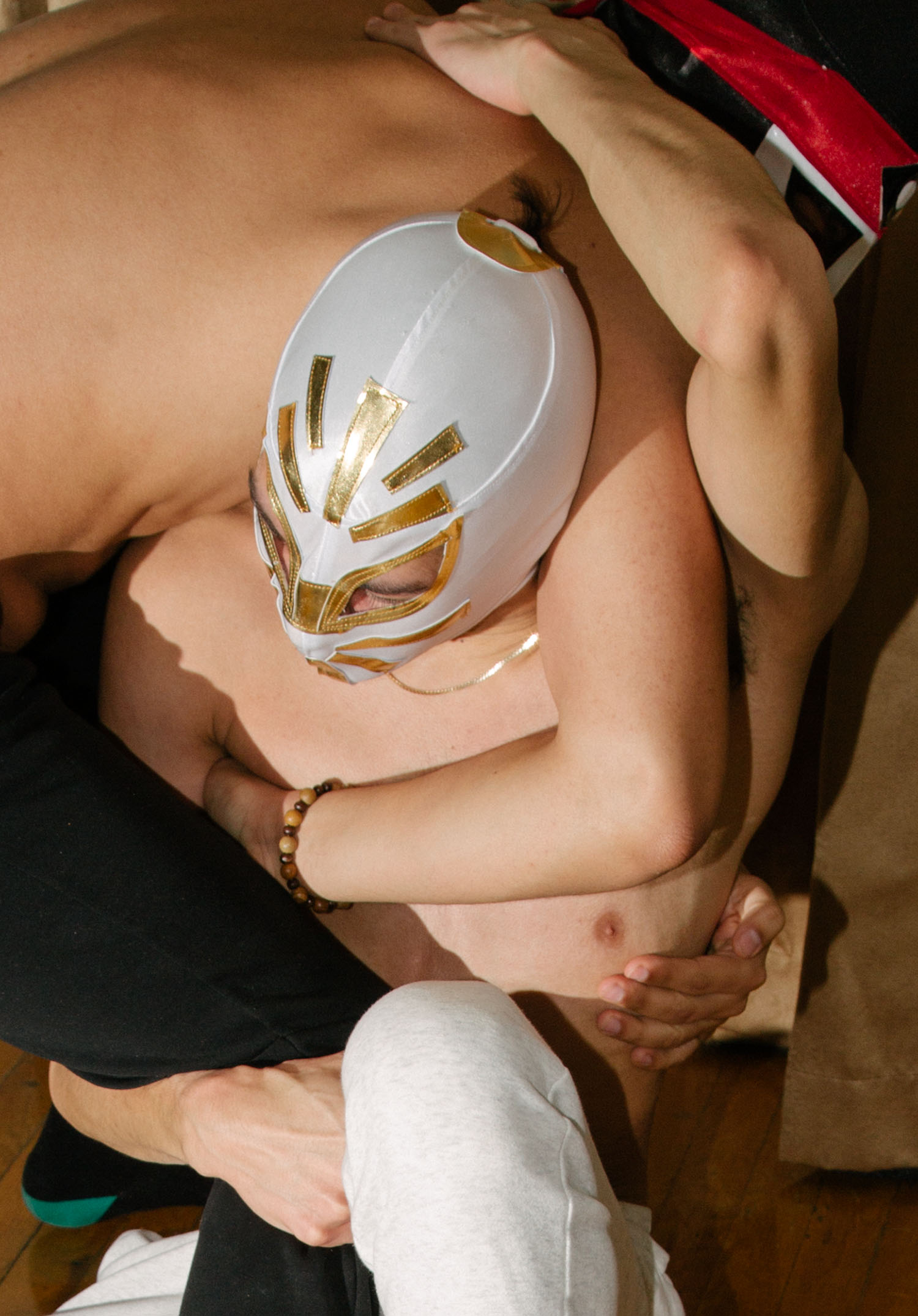
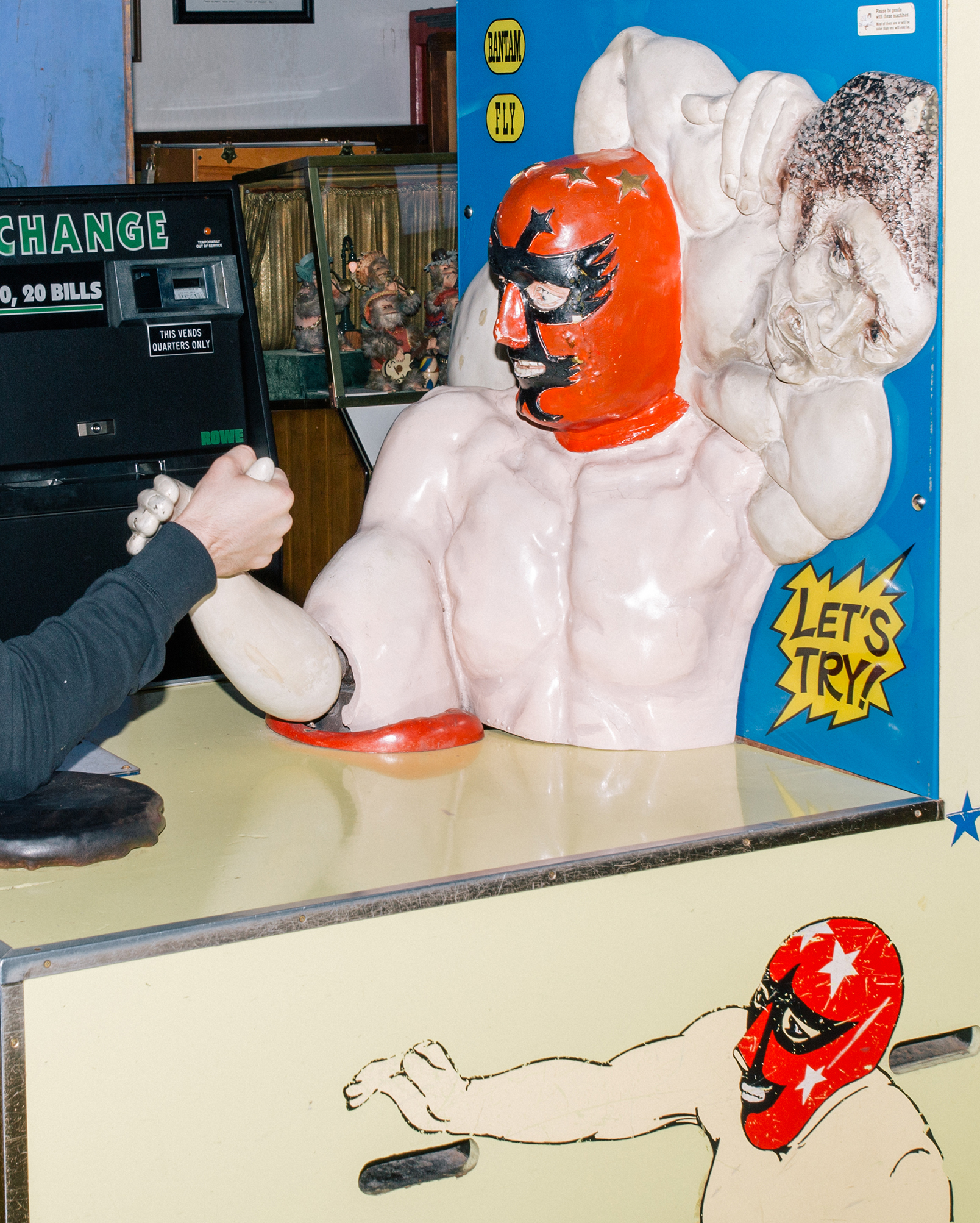
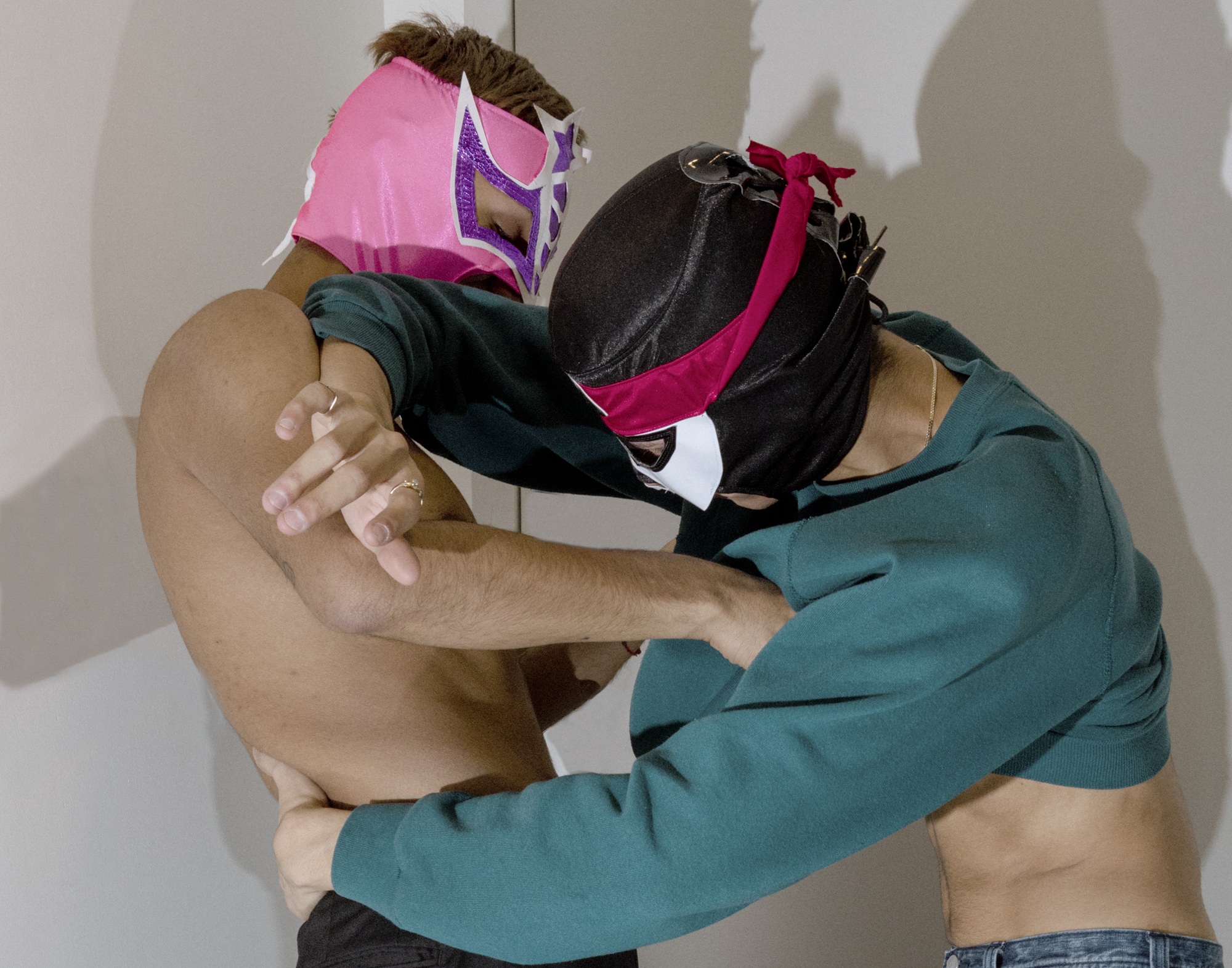
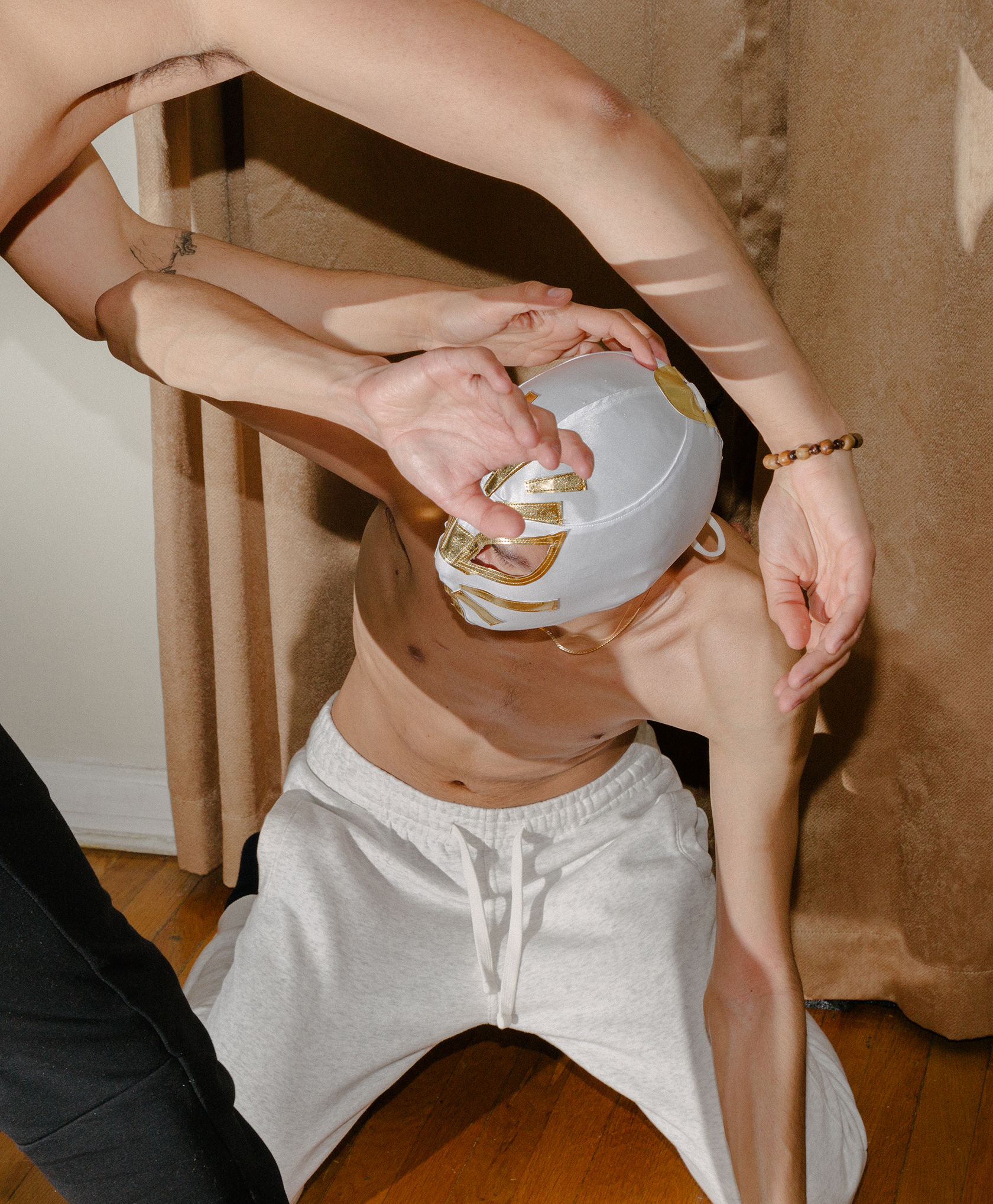
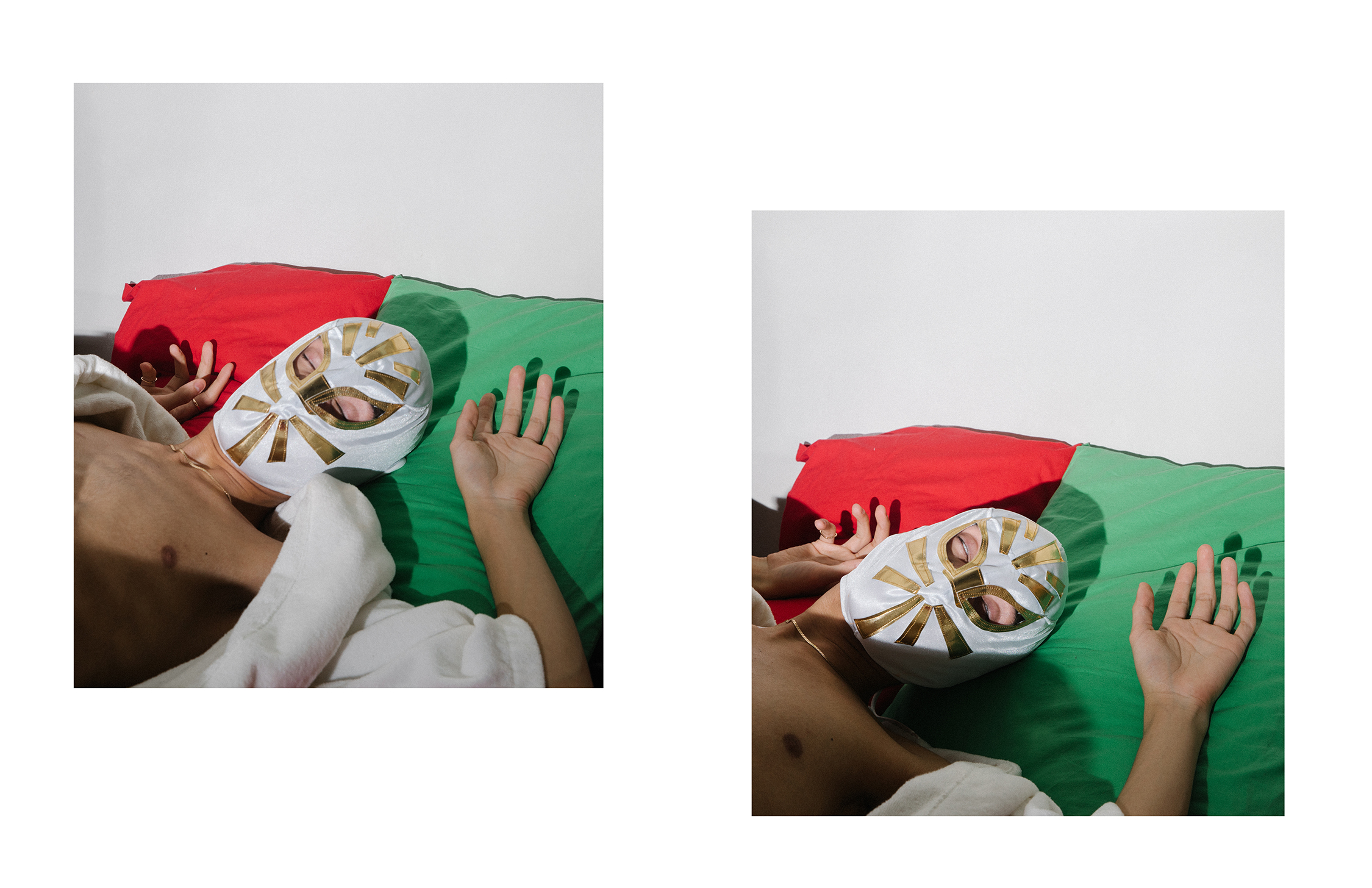
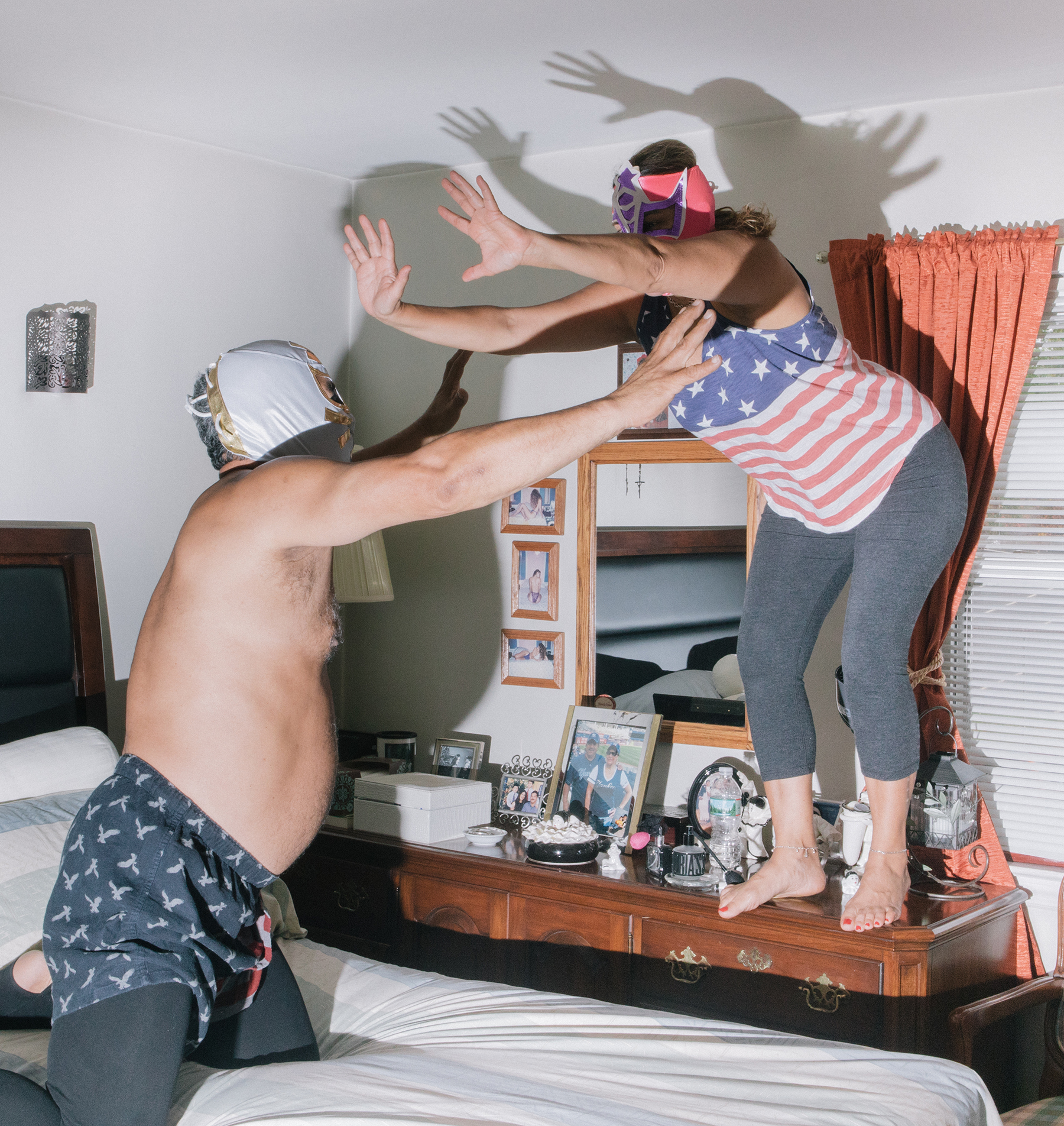
Follow Clara Mokri on Instagram. To see more of Ken Castañeda’s work, click here.
Sign up for our newsletter to get the best of VICE delivered to your inbox daily.
Follow VICE on Twitter .
This article originally appeared on VICE US.